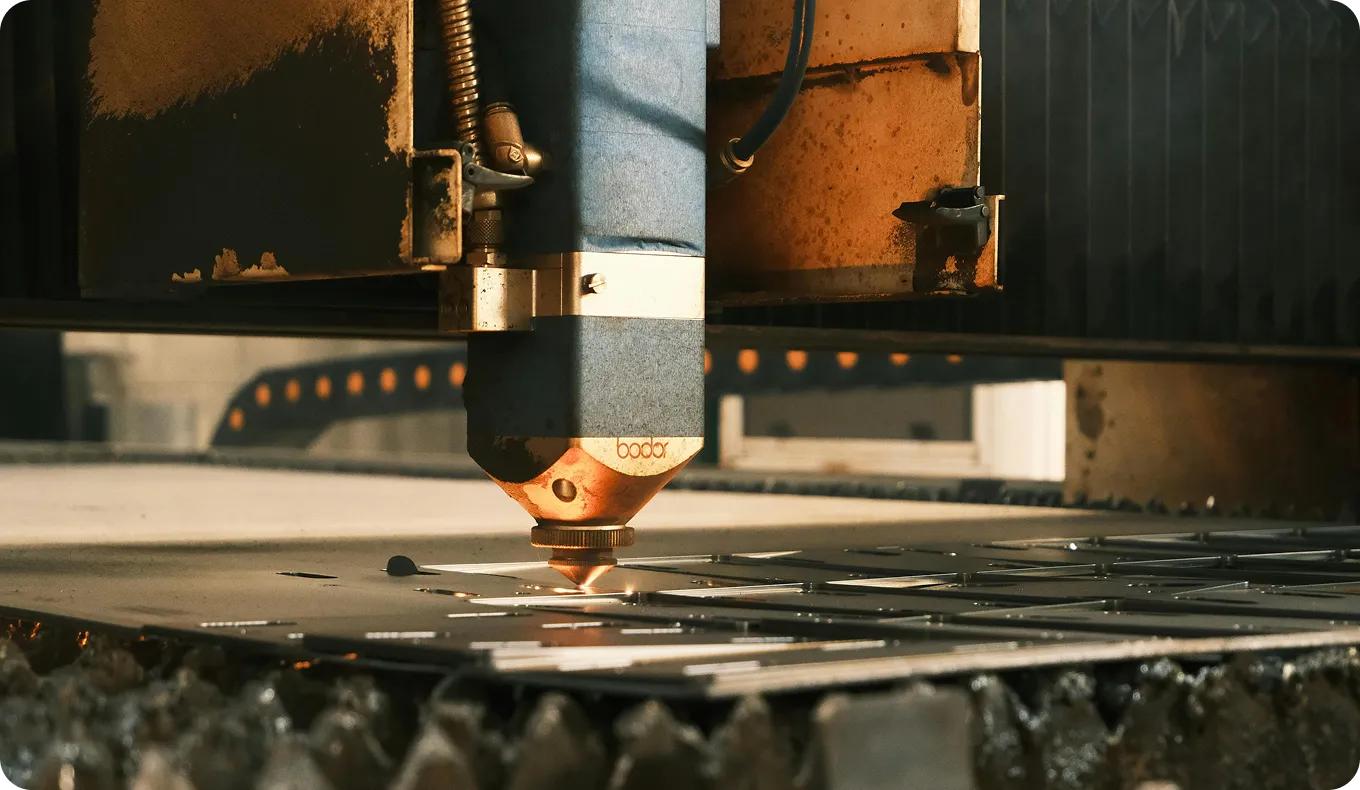Настройка гиперпараметров
Освойте настройку гиперпараметров для оптимизации ML-моделей, таких как Ultralytics YOLO. Повысьте точность, скорость и производительность с помощью экспертных методов.
Настройка гиперпараметров - это процесс поиска оптимальных параметров конфигурации для модели машинного обучения (ML). Эти параметры, известные как гиперпараметры, являются внешними по отношению к модели и не могут быть получены непосредственно из данных в процессе обучения. Вместо этого они задаются до начала обучения и контролируют поведение самого процесса обучения. Эффективная настройка этих гиперпараметров - критически важный шаг в достижении максимальной производительности модели и обеспечении ее обобщения на новые, неизвестные данные. Без надлежащей настройки даже самая совершенная архитектура модели может оказаться неэффективной.
Настройка гиперпараметров по сравнению со смежными понятиями
Важно отличать настройку гиперпараметров от других ключевых понятий в ML:
- Алгоритм оптимизации: Алгоритм оптимизации, например Adam или стохастический градиентный спуск (SGD), - это механизм, который регулирует внутренние параметры модели (веса и смещения) во время обучения, чтобы минимизировать функцию потерь. Настройка гиперпараметров, в отличие от этого, включает в себя выбор наилучших внешних параметров, которые могут включать в себя даже выбор самого алгоритма оптимизации.
- Поиск нейронной архитектуры (NAS): В то время как настройка гиперпараметров оптимизирует параметры для заданной структуры модели, NAS автоматизирует разработку самой архитектуры модели, например, определение количества и типа слоев. Оба метода являются разновидностями автоматизированного машинного обучения (AutoML) и часто используются вместе для построения наилучшей модели.
- Параметры модели: Это внутренние переменные модели, такие как веса и смещения в нейронной сети, которые обучаются на основе обучающих данных с помощью обратного распространения. Гиперпараметры - это настройки более высокого уровня, которые управляют процессом обучения этих параметров.
Общие методы настройки и гиперпараметры
Для поиска оптимальных значений гиперпараметров специалисты используют несколько стратегий. Среди распространенных методов - поиск по сетке, при котором исчерпывающе перебираются все комбинации заданных значений, случайный поиск, при котором комбинации выбираются случайным образом, и более сложные методы, такие как байесовская оптимизация и эволюционные алгоритмы.
Некоторые из наиболее часто настраиваемых гиперпараметров включают в себя:
- Скорость обучения: Контролирует, насколько сильно корректируются веса модели в зависимости от градиента потерь.
- Размер партии: Количество обучающих примеров, используемых в одной итерации.
- Количество эпох: количество раз, когда весь обучающий набор данных проходит через модель.
- Интенсивностьдополнения данных: Степень преобразований, применяемых к обучающим данным, таких как поворот, масштабирование или изменение цвета. Популярным инструментом для этого является библиотека Albumentations.
Применение в реальном мире
Настройка гиперпараметров применяется в различных областях для достижения максимальной производительности:
Настройка гиперпараметров с помощью Ultralytics
Ultralytics предоставляет инструменты для упрощения настройки гиперпараметров для Ультралитика YOLO модели. Сайт Ultralytics Tuner класс, задокументированный в Руководство по настройке гиперпараметровавтоматизирует процесс с помощью эволюционных алгоритмов. Интеграция с такими платформами, как Рэй Тьюн предлагает дополнительные возможности для распределенных и расширенных стратегий поиска, помогая пользователям эффективно оптимизировать свои модели для конкретных наборов данных (например COCO) и задач. Пользователи могут использовать такие платформы, как Ultralytics HUB для упрощенного отслеживания и управления экспериментами, что часто является ключевой частью следования лучшим практикам для обучение модели. Популярные библиотеки с открытым исходным кодом, такие как Оптуна и Hyperopt также широко используются в сообществе ML для этой цели.







.webp)
